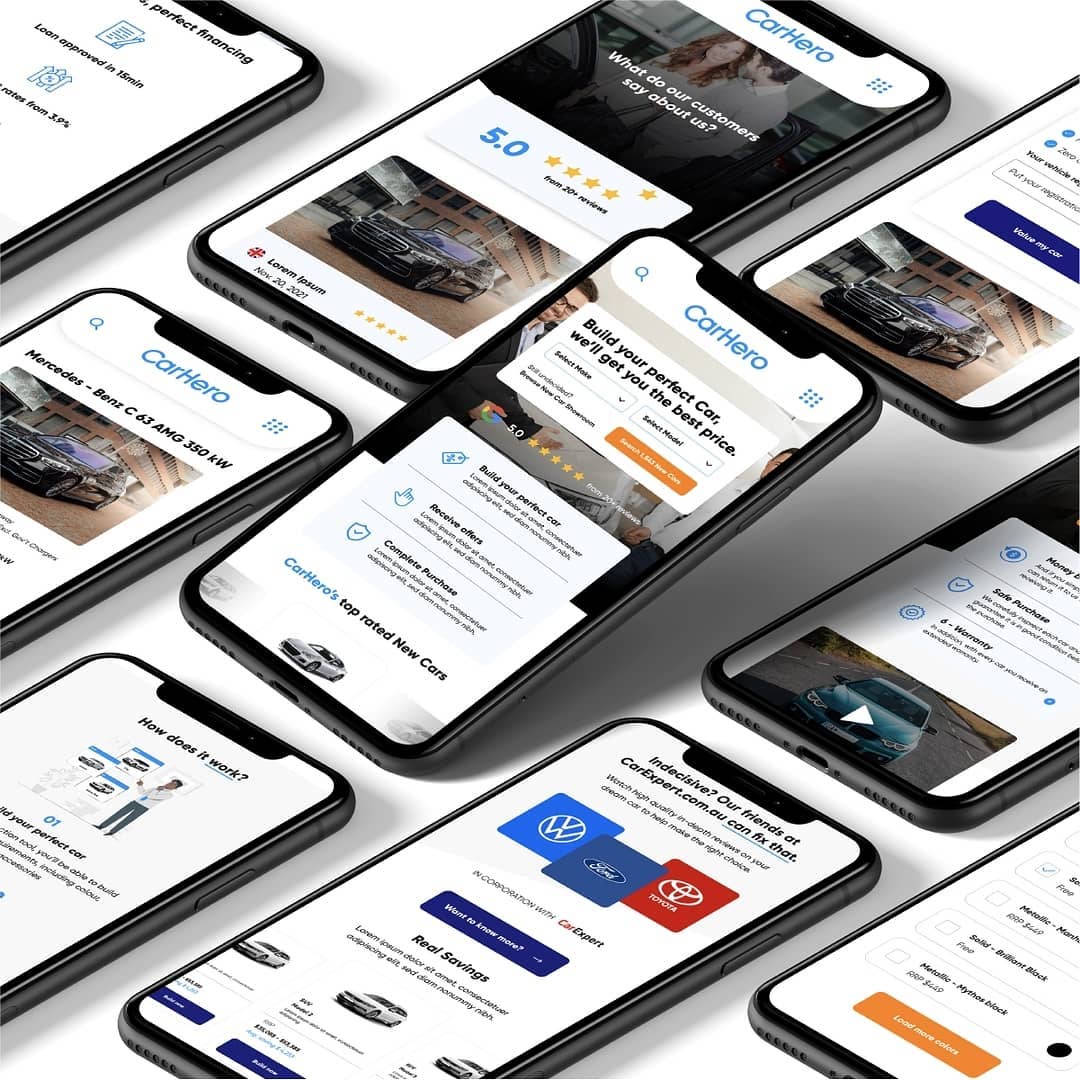Marketers are constantly seeking ways to maximise the effectiveness of their advertising campaigns, whether they’re promoting products, services, or content. A/B testing, also known as split testing, is a methodology that has emerged as a cornerstone of data-driven advertising strategies.
A/B testing in ads involves comparing two different versions of an advertisement to determine which one yields better results. These two versions are referred to as the control (A) and the variant (B). By running both versions simultaneously and measuring key performance indicators (KPIs), marketers can make informed decisions about which elements of the ad are resonating with their target audience and which ones need improvement.
Here’s a more detailed breakdown of how A/B testing works in the context of advertising
1. Identifying the Objective
Before launching an A/B test, it’s crucial to define a clear objective. Are you looking to increase click-through rates, conversion rates, ad engagement, or another specific metric? Establishing a well-defined goal is the first step in the process.
2. Creating Variations
Once you’ve identified the objective, you’ll need to create two different versions of your ad the control (A) and the variant (B). These variations should differ in only one specific element you want to test, such as the headline, image, call-to-action, or ad copy.
3. Splitting the Audience
Next, you’ll divide your target audience into two random, mutually exclusive groups. Group A will see the control ad (version A), while Group B will see the variant ad (version B). It’s essential to ensure that both groups are similar in terms of demographics and other relevant characteristics.
4. Running the Test
Launch both versions of the ad simultaneously and monitor their performance. Collect data on the chosen KPIs, such as click-through rates, conversion rates, and engagement metrics. It’s essential to track the results over a sufficient period to account for any daily or weekly variations.
5. Analysing the Data
After collecting enough data, conduct a thorough analysis to determine which version of the ad performed better. Statistical significance tests can help validate the results and ensure they are not due to random chance.
6. Implementing Changes
If the variant (B) outperforms the control (A), consider implementing the changes from the variant into your ad campaign. This could involve adjusting the headline, image, or other elements based on what resonated better with the audience.
7. Continuous Iteration
A/B testing is not a one-time effort. Successful advertisers continually refine their campaigns by running new tests to improve various elements of their ads. This iterative process helps optimise ad performance over time.
Why A/B Testing in Ads is Crucial
Data-Driven Decision-Making – A/B testing allows advertisers to make informed decisions based on concrete data rather than relying on intuition or assumptions. This leads to more effective and efficient ad campaigns.
Optimising ROI – By identifying which ad elements are most effective, advertisers can allocate their budgets more efficiently, ensuring they get the best return on investment (ROI).
Audience Insights – A/B testing provides valuable insights into audience preferences and behaviours. This information can be used to tailor ad campaigns to better resonate with specific segments of the target audience.
Competitive Advantage – Advertisers who use A/B testing gain a competitive edge by staying ahead of the curve and continually improving their advertising strategies.
Tips for Effective A/B Testing in Ads
To make the most of A/B testing in your advertising campaigns, follow these tips
Test One Variable at a Time – To isolate the impact of a specific element, test only one variable at a time. Testing multiple changes simultaneously can make it difficult to determine which one led to improved performance.
Use Adequate Sample Sizes – Ensure your test groups are large enough to yield statistically significant results. Small sample sizes can lead to unreliable findings.
Be Patient – Allow tests to run for a sufficient duration to capture variations over time. Rushing the process may lead to inaccurate conclusions.
Segment Your Audience – Consider segmenting your audience based on demographics, location, or other relevant factors. This can help you understand how different groups respond to your ads.
Document and Learn – Keep records of your A/B tests, including what you tested, the results, and any insights gained. This documentation can inform future campaigns.
Test Continuously A/B testing should be an ongoing process. Regularly evaluate and refine your ad campaigns to stay competitive and adapt to changing audience preferences.
By systematically comparing different ad variations and analysing their performance, marketers can refine their strategies, increase ROI, and gain a competitive edge in the ever-evolving world of advertising.
To harness the full potential of A/B testing, it’s essential to approach it with a clear objective, patience, and a commitment to continuous improvement. As advertising continues to evolve, A/B testing remains a cornerstone of success in the digital marketing landscape.
FAQs
A/B testing in advertising involves running two or more variations of an ad campaign to determine which version performs better in terms of key metrics such as click-through rates (CTR), conversion rates, and return on investment (ROI). It helps advertisers optimise their ad creative and strategies to maximise the effectiveness of their campaigns.
In A/B testing for ads, common elements to test include ad headlines, ad copy, images or videos, call-to-action buttons, ad placements, audience targeting options, ad formats (e.g., text ads vs. image ads), and bidding strategies. Testing these elements helps advertisers refine their messaging and strategy for better performance.
The success of an A/B test in advertising is typically measured by tracking relevant key performance indicators (KPIs) such as CTR, conversion rate, cost per conversion, and ROI. Advertisers should also consider statistical significance to ensure that observed differences in performance are not due to random chance.
Hand Picked Articles















